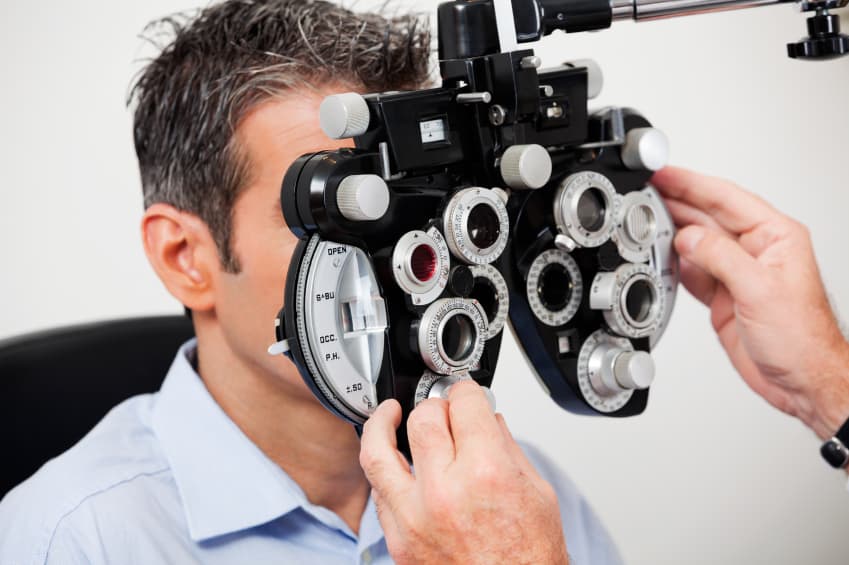When it comes to macular degeneration, getting a diagnosis and beginning treatment even a few months sooner can make a big difference in the amount and quality of vision that can be maintained.
Age-related macular degeneration (AMD) is the leading cause of blindness in Americans 65 and older. According to researchers at Penn State College of Medicine, most people who develop AMD go undiagnosed for up to 7 years before the condition is detected and treatment can begin.
While there is no cure for AMD, treatment can slow the progression of the disease. According to Dr. Gregory Jackson, Director of Clinical Research for Ophthalmology at Penn State: “By the time most patients are diagnosed they have already sustained substantial vision loss. The other eye may have been compensating, so the patient isn’t even aware he or she has been losing vision until it’s too late.”
Dr. Jackson has developed a new device described as a “stress test for the retina.” It is based on research that demonstrated that it takes longer for AMD patients to adapt from light to dark – when turning off a lamp for instance or when exposed to a camera flash. Jackson realized that measuring dark adaptation could be one way to help diagnose AMD sooner than currently possible. His device compares the speed of a subject’s test response to flashes of light followed by darkness to healthy norms – the longer it takes for the subject to respond, the more likely AMD is developing. This new research allows specialists to detect the onset of AMD at the very earliest stages, well before there is any vision loss or any other retinal changes an ophthalmologist would currently use to spot AMD.
According to Ophthalmologist Thomas Henderson, M.D. at Eye Clinic of Austin, “Technology has made an amazing difference in slowing the progression of many eye diseases. Devices such as this show great promise.” He adds, “Currently, the only treatments for early-stage AMD are anti-oxidant vitamins together with lifestyle changes such as losing weight and stopping smoking. However, early diagnosis will allow treatment to start immediately when the disease does reach the point where more aggressive therapies and medications become useful.”
Although Dr. Jackson’s device is still not widely available, an annual eye exam is critical so that your eye doctor can track changes in your vision and use the technology that is available today to preserve your sight as long as possible.

